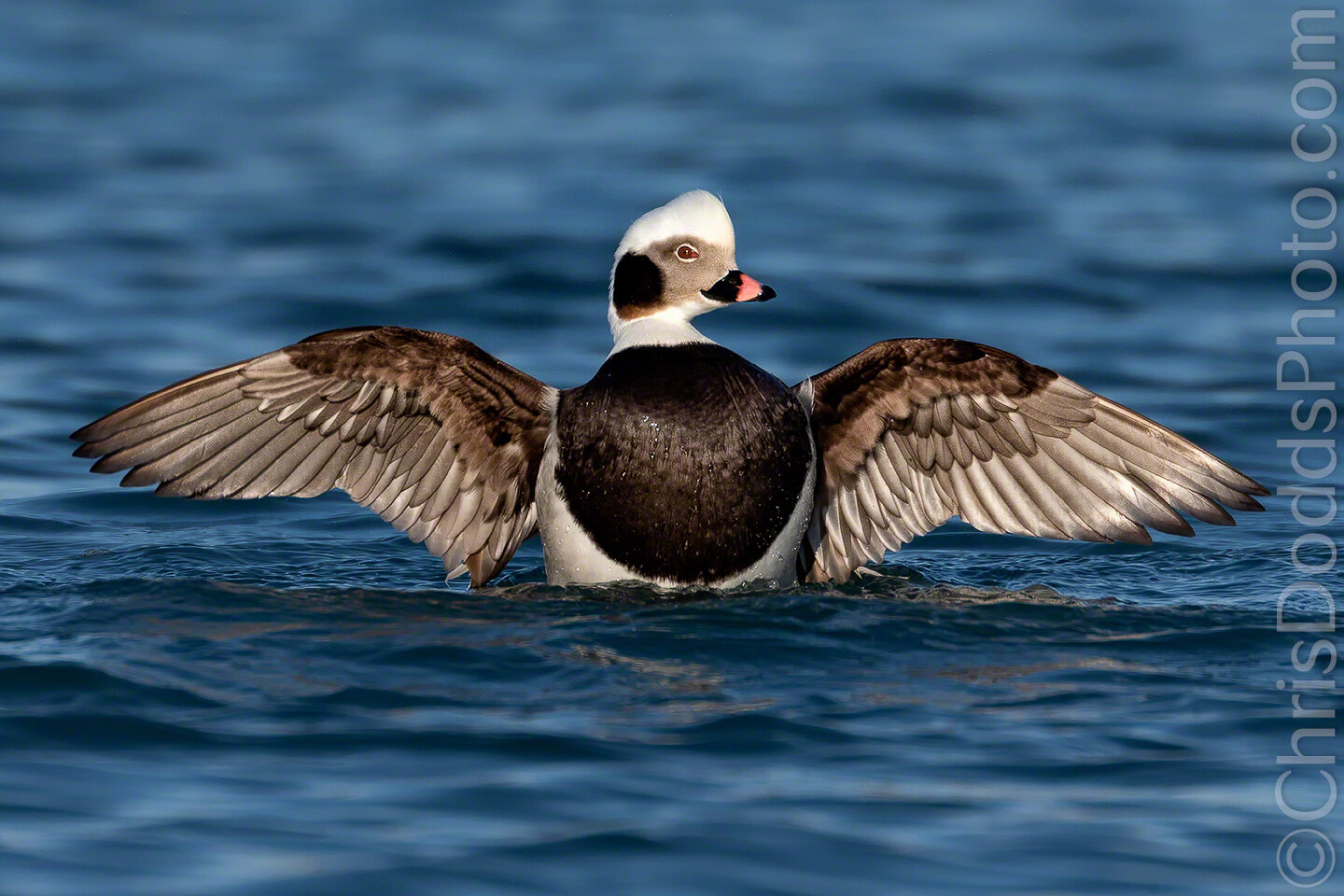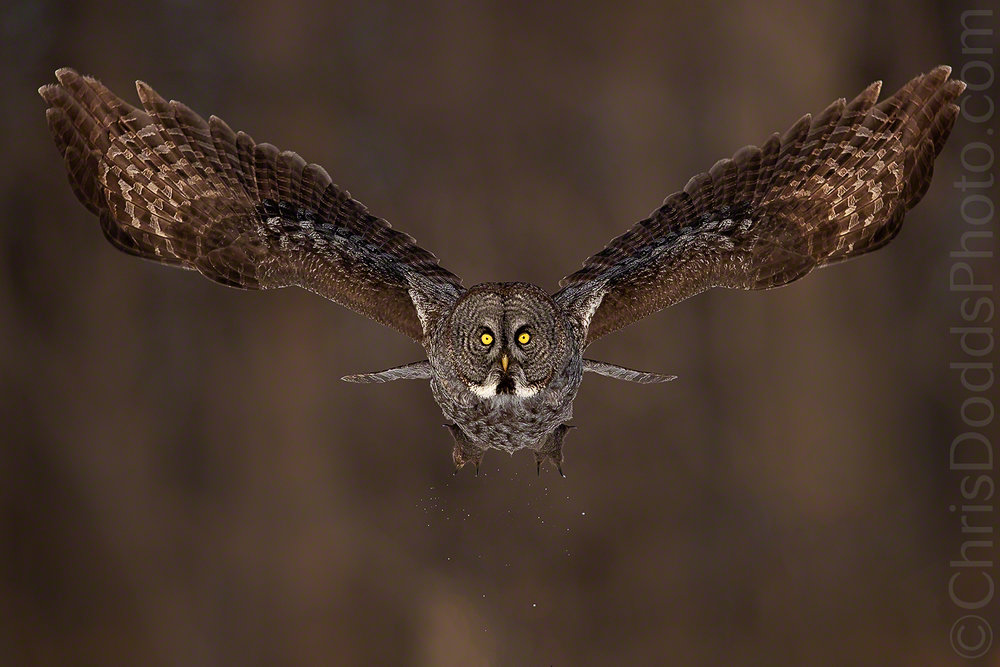Here is one from our last day of the second Eagles Galore Workshop in Alaska. I can’t say enough about the advantages of a camera (Sony A9 mark III) that captures 120 images per second! The time it takes to go through the photos is well rewarded with perfectly timed images like this one—smile!
Bald Eagles Lock On (Haliaeetus leucocephalus, Pygargue à tête blanche, BAEA) March 14, 2024 near Homer, Alaska. Image copyright ©Christopher Dodds Sony Alpha a9 III Mirrorless camera & Sony FE 600mm f/4 G Master OSS Lens with Sony 2X Tele-extender @1,200mm ISO 8,000, f/8 @ 1/5,000s. Manual Exposure mode. Slight crop. Join me for my Eagles Galore workshop next March. To learn more, CLICK HERE.


















